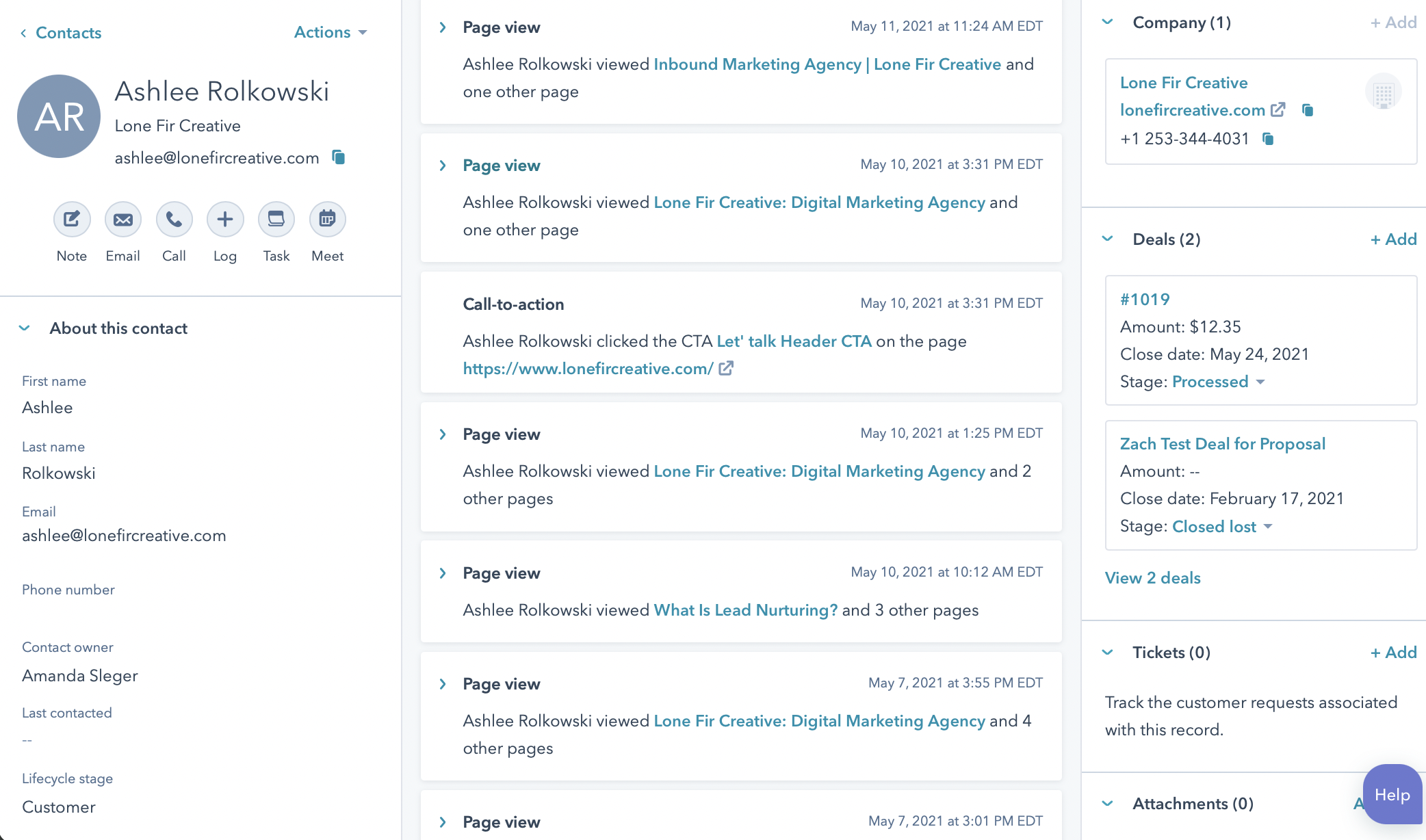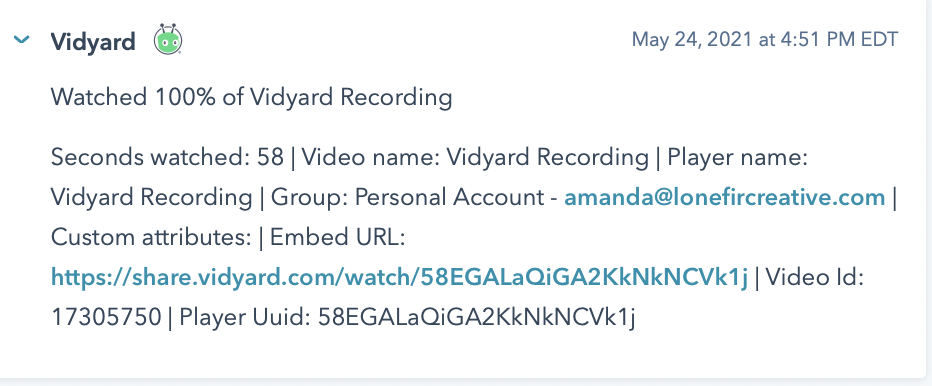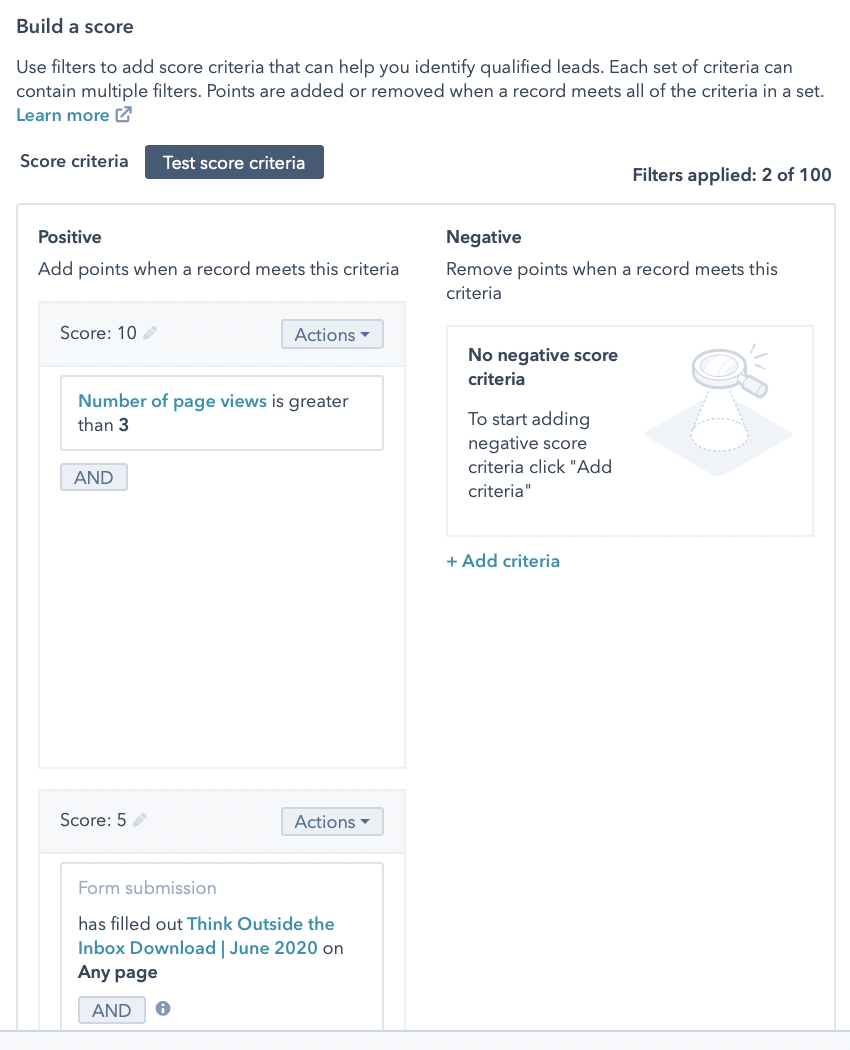Most sales teams these days have some form of CRM software (customer relationship management software), whether it’s SalesForce, HubSpot or one of the hundreds of others out there. There are plenty of resources that cover the pros and cons of those platforms and will claim which one is the best CRM. But today I want to talk about why HubSpot's CRM has won us over and how it can help your team close more business.
Inbound Marketing Has Changed the Way Sales CRMs Are Used
When you’re responsible for going out and hunting down every new deal, it’s fairly easy to keep a pulse on what’s working and what’s not. You know which prospecting efforts get the best leads most consistently, and you know where you’ve struck out.
As more businesses have moved towards the inbound sales methodology, leads have started coming into businesses organically through many different sources. This makes it harder to track where prospects are coming from and what happens to them once they get into the sales process.
As long as viable deals are showing up in my sales team’s pipeline, they’re not asking me how they got there. The business has new revenue and everyone is happy right?
Wrong. If you don’t know where your leads are coming from and which of those sources closes the highest number and/or has the highest contract values, how will your marketing team know where to focus their lead generation efforts to continue to grow revenue?
Solving for this problem is something HubSpot does really well. Most CRMs have ways to automate tasks and take notes on meetings and calls, but something I love about HubSpot is all the actionable intelligence it provides on each and every prospect.
Data Isn’t Everything
*Gasp* I’m sure some of you are scoffing at me right now for saying data isn’t everything, but just hold on for a minute. I’ve seen plenty of organizations with tons of data but no way to actually use it. It ends up being busy work for some poor intern going through a spreadsheet line by line trying to glean something useful from the metric. That’s just not helpful.
Data is important because it provides insights into who our new contacts are and how they found us. But you also need it to be actionable. It needs to be in a tool you can use to not only make your life easier but also make sure you’re capitalizing on all the information you have about your prospects. Let’s talk about the key elements you need for marketing tools to effectively use your data.
Intelligence
First off, you need to be able to gather all the information you want from a prospect. This can be done automatically through things like tracking codes and cookies or manually through notes from your sales team. There are certain pieces of contact information that every business wants to gather, but there are some extra tidbits HubSpot users can gather with the CRM.

Here’s my contact record in Lone Fir Creative’s HubSpot Portal. Since I’ve submitted an email in a form on the site, the sales team can now see all my activity. They can see the pages I’ve viewed and when I viewed them, they can see what CTAs I clicked, which forms I filled out and on which landing pages.
How does this functionality help close more deals? If a sales lead scheduled a call with you, you can see all the pages they’ve already viewed on the site. If your site is structured well, that intelligence will tell you what services they’re interested in and what questions they might have. The record is updated in real-time, so you could even give the lead a call if you see that they're currently on your site.
Something else the contact record shows is whether or not a prospect has opened your email. Ever had a lead drop off the face of the earth for a week? Would knowing that they opened the video and whether or not they clicked any links in the email help inform how you followed up? I know it does for us.
This works by connecting your Gmail or Outlook email to HubSpot and enabling email tracking. All your tracked emails are automatically logged in the HubSpot contact record so you can easily go back and reference them later. And there are no more mysteries in your email marketing campaigns.
You can also see data from other tools you’ve integrated with HubSpot. Below you can see how Vidyard interacts with the contact record (and someone make sure to tell Amanda I watched her whole video).

Actionable
So you have all this information about your prospects, but what do you do with it? Obviously, you can use individual contact records to research more about a specific lead, but that likely only accounts for a small subset of all your contacts. Actionable data starts with gathering useful information on your prospects, but beyond that, you need to have a management system in place that can use that data to close more customers.
One person can only do so much manually, and that’s where two more features in HubSpot come in handy.
First up is Lead Scoring. Lead Scoring lets you assign positive or negative point values to specific actions a lead might take. Then you can create marketing automations or lists to work off of based on that score.
This is a great way to identify “hot leads.” You could have rules that give 10 points to leads that view more than 3 pages and 5 points if they download the lead generator. You could also assign point values to video views, specific page views (like pricing) and marketing emails opened. Then you can decide what point value qualifies a lead as a hot lead and create a list that your sales team can work through.

You can also assign negative point values to leads for situations like if they unsubscribe from emails or are marked “vendor.” This is a quick way to help your sales team sort through a contact list and prioritize the most engaged prospects in your funnel.
That brings us to the second really useful thing in HubSpot: workflows and sequences. These are ways HubSpot lets you automate actions based on trigger criteria that you define.
A workflow could trigger a task being assigned to a salesperson on your team once a lead exceeds a specific lead score or to change lifecycle stages when you move a lead through your sales pipeline. You could even trigger a task based on their deal stage. So if they get moved into "Closed Won," you might trigger a task for your billing department to send an invoice. There are tons of possibilities with workflows in HubSpot, and they're all geared toward taking the manual work out of your process so you can focus more energy on tasks that benefit from hands-on attention.
Sequences are an automation specific to the HubSpot Sales Hub and, in my opinion, are one of the most underutilized tools in client portals.
As a salesperson, you’ve probably sent the same follow-up email countless times.
“Hey Mike,
It was great meeting you today. Here’s some more information on our next steps and an estimation of the cost. If you have any questions at all, feel free to reach out via email or grab some time on my calendar.”
There’s probably a 50/50 chance that Mike responds, so you send another follow-up email similar to this.
“Hey Mike,
Just following up on our conversation and the information I sent over. Anything I can help clarify or questions I can answer, just let me know.
I look forward to hearing from you soon!”
You get the idea. Most of the emails you send are 90% the same, with little tweaks to customize them for that specific lead. So why not automate that 90%?
With sequences, you can build email templates with scheduled delays between each. Then when you have a lead like Mike, you “enroll” him in the sequence, tweak all the emails to fit your conversation, and then boom, done. The sequence automates the follow-up and will turn off once he responds. Now you don’t have to spend mental energy remembering to follow up, it just happens.
HubSpot also has a feature called Snippets, which are prewritten blurbs you can add to any email or note. So as you're customizing your follow-up to Mike, you might add a pre-written snippet for your website and messaging services. All the explanation is already written and links are inserted. All you have to do is add it and hit send. Sounds glorious, right?
Getting Your Sales Team to Buy Into the HubSpot CRM
Fancy sales tools are great but they aren’t helpful if your team doesn’t use them. Many sales teams feel overwhelmed by all the possibilities and features in a CRM system, and it can be tough to prioritize which aspects to implement first.
Getting your sales team to buy into any new tool requires training. If you can get them in a room for training on how to use the tools and show them how the system will help them close more, they'll be a lot more excited about working in it every day. Having a way that they can get individual support as they run into issues is super helpful, too, so they don’t get frustrated and start finding workarounds for everything.
Expand into the HubSpot EcoSystem
All in all, HubSpot’s CRM is super powerful, and if you set your team up for success with it, it can save a lot of time and boost your ability to close deals. Plus, you can easily expand your tech stack into HubSpot's Marketing Hub and Service Hub and even their CMS once your team is ready. Bringing all the major functions of your business into the HubSpot ecosystem opens up even more possibilities for gathering data and automating your digital marketing tactics. And managing all your data in one place keeps it cleaner and easier to maintain.
There is a free version of HubSpot's CRM that you can start with to see if it's right for your team. Most of the basic features we discussed above are accessible in the free CRM without paying a dime.
Learn more about HubSpot’s tools in our article: Why Go HubSpot?
And, if you're looking for more information on the HubSpot platform, reach out! We are a HubSpot Accredited Onboarding Partner and love helping clients make the most of their HubSpot portals.







